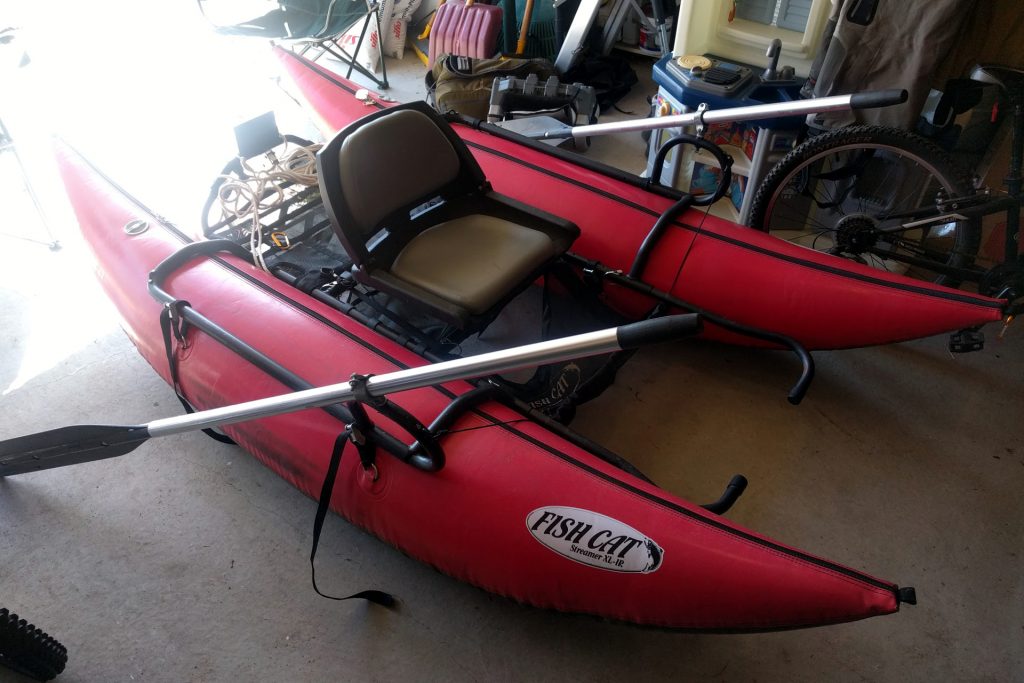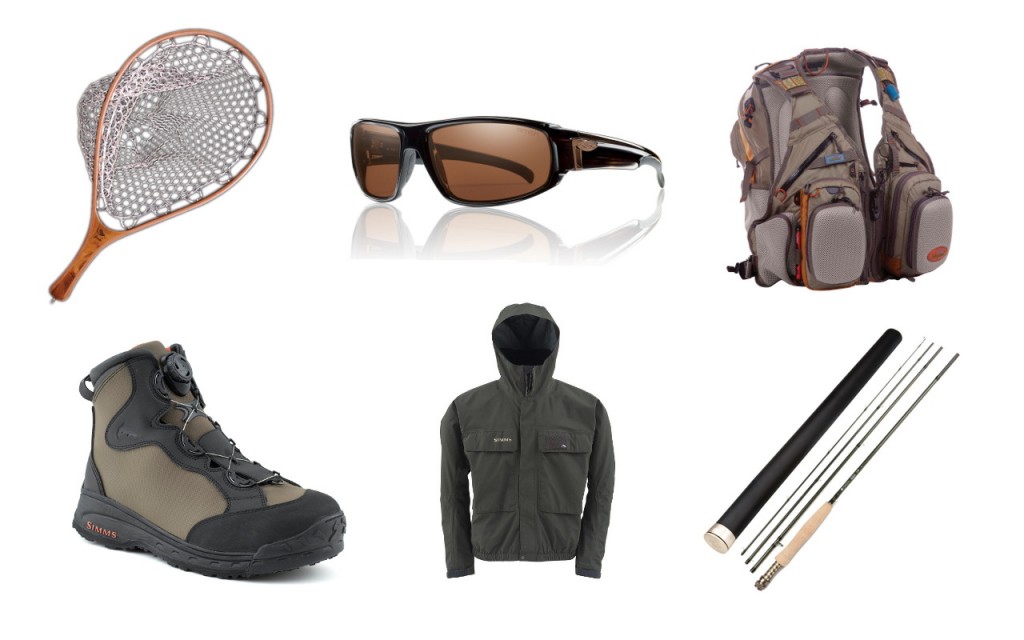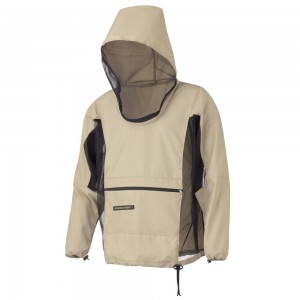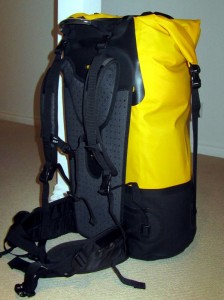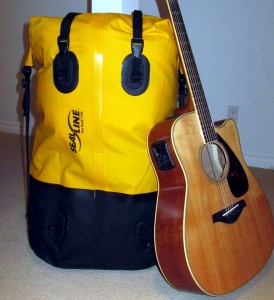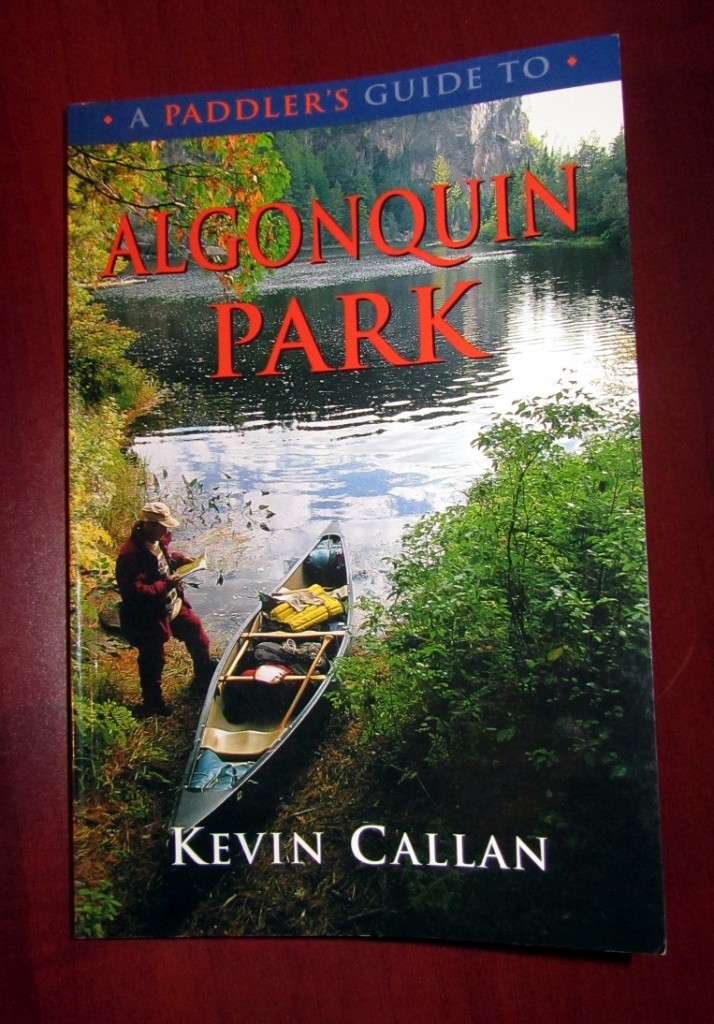Another winter has come and gone and the 2017 trout season is finally here. It’s been a quiet off-season for me on the blogging front, but otherwise one of the busiest of my life. I had ACL reconstruction on my knee in October of last year (just after my last post) and the recovery and physiotherapy nearly consumed my life for the last 6 or 7 months. I knew it would be difficult, but I did not appreciate the commitment and length of time it would require. It’s hard to believe I didn’t plan the timing of the surgery to coincide with trout season though… but it certainly worked out.
My leg and knee have gained back most of its strength, though I feel there’s still a ways to go before it’s completely normal. At least I’m walking without a limp, back to jogging and bike riding and most importantly: ready to get back to hiking and river wading. Physio has dwindled from several hours a day (at its highest) to an hour or so every other day, so there’s finally time to get back to the other things I enjoy.
Sadly, I don’t have a lot to report yet on the fishing front. We’ve had a lot of rain leading up to opener, which surely put a bit of damper on many peoples’ weekend as lots of rivers were still blown out. It looks like the Hendricksons have started though and with the rivers dropping a bit and calming down, this week should be pretty fantastic in comparison.
I picked up a new toy last weekend – one that I’ve been wanting to acquire for a long time. I was very close to purchasing a new Outcast pontoon before coming across a used Streamer XL-IR in decent shape for a fraction of the cost. It still needs some cleaning up, but it seems to be in great working order and I’m excited to use it this season on everything from river drifts to still water to (small) lakes.

